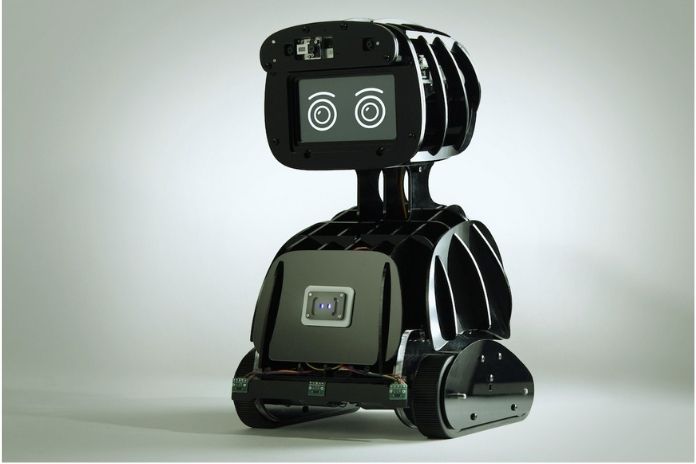Autonomous things are changing many industries in which processes based on artificial intelligence and edge computing were so far more of a marginal phenomenon. Intelligent devices such as mobile robots are advancing into fields of application that require physical interaction with people and the environment.
Companies that want to benefit from the great potential in automating tasks should closely follow the current trends in robotics and edge computing. Mobile robots, for example, offer a multitude of potential applications that are no longer a dream of the future. But what determines the new autonomy of things? Autonomous things interact with each other and with people in an extended ecosystem without human supervision.
The use of autonomous devices is made possible primarily by advances in artificial intelligence, network technology, and cloud and edge computing. They are used in a wide variety of areas: from household appliances to driverless transport systems and drones in warehouses to the maintenance and monitoring of systems and buildings and self-driving automobiles.
Mobile Robots In Use During The Vehicle Inspection
A concrete example from practice is the mobile robot “Spot” from Boston Dynamics. He can climb stairs, take high-resolution photos with the help of machine image processing and collect valuable data for preventive maintenance. Among other things, it is used for vehicle inspections. Equipped with computer vision technology and the necessary computing power onboard, Spot can independently walk around a vehicle and register its condition. With additional dashboards, employees can see the overall status at a glance via the app.
Further future-oriented application scenarios already exist, for example, Reply projects in building information management and system monitoring showed. With the help of predictive maintenance models and deep learning algorithms, potential threats to health, safety, or the environment can be identified. The mobility and autonomy of the robot enable precise visual and acoustic measurements or gas detection in areas that are difficult to access.
Data Collection Through Wireless Connectivity And Edge Computing
Thanks to object and pattern recognition, mobile robots can navigate and continuously record data with various sensors – from cameras to microphones and GPS to temperature, humidity, gas, or radiation detectors. Wireless connectivity with intelligent system architecture and cloud edge computing makes it possible to use the captured data with AI and machine learning algorithms that give the mobile robot autonomy to decide how it best performs a task.
The AI is divided over several levels in an intelligent network, from a central cloud to an edge cloud to the individual robots. This means: As edge devices, mobile robots analyze the data directly before it is sent to the cloud. This preprocessing can, among other things, drastically reduce the data volume and save energy when transferring data to the cloud. This method is particularly suitable for tasks that would overwhelm the device’s storage capacity. This approach can also be followed to protect sensitive data from being accessed in the best possible way.
Mobile Robots: Adapting Artificial Intelligence To The Required Performance
The demands on computing power and energy consumption are pretty considerable for autonomous things. In principle, such devices can be equipped with exactly the degree of intelligence that they need for the performance they require. So-called “weak AI” is sufficient for a robot that does simple tasks. For more demanding activities, on the other hand, more robust variants are required. Implementing the AI in the right place is imperative so that the corresponding robot is not overloaded and the high speed of decision-making is maintained.
Smooth Communication Between Man And Machine
When using autonomously moving robots, communication between humans and machines must run smoothly. Voice interfaces are increasingly gaining acceptance here as a medium of interaction. Machine learning models for speech recognition and technologies such as sentiment analysis, semantic networks, ontologies, and self-learning chatbots help applications understand natural language as well as possible.
The world of new autonomous things opens up many new perspectives. It is now a matter of setting the technical parameters correctly for each application. In case of doubt, a competent partner familiar with the many individual aspects is constructive. In addition, the partner can optimally configure the equipment of the desired solution.
ALSO READ: Transformation In A Crisis: Automation And AI Are Changing World Of Work

